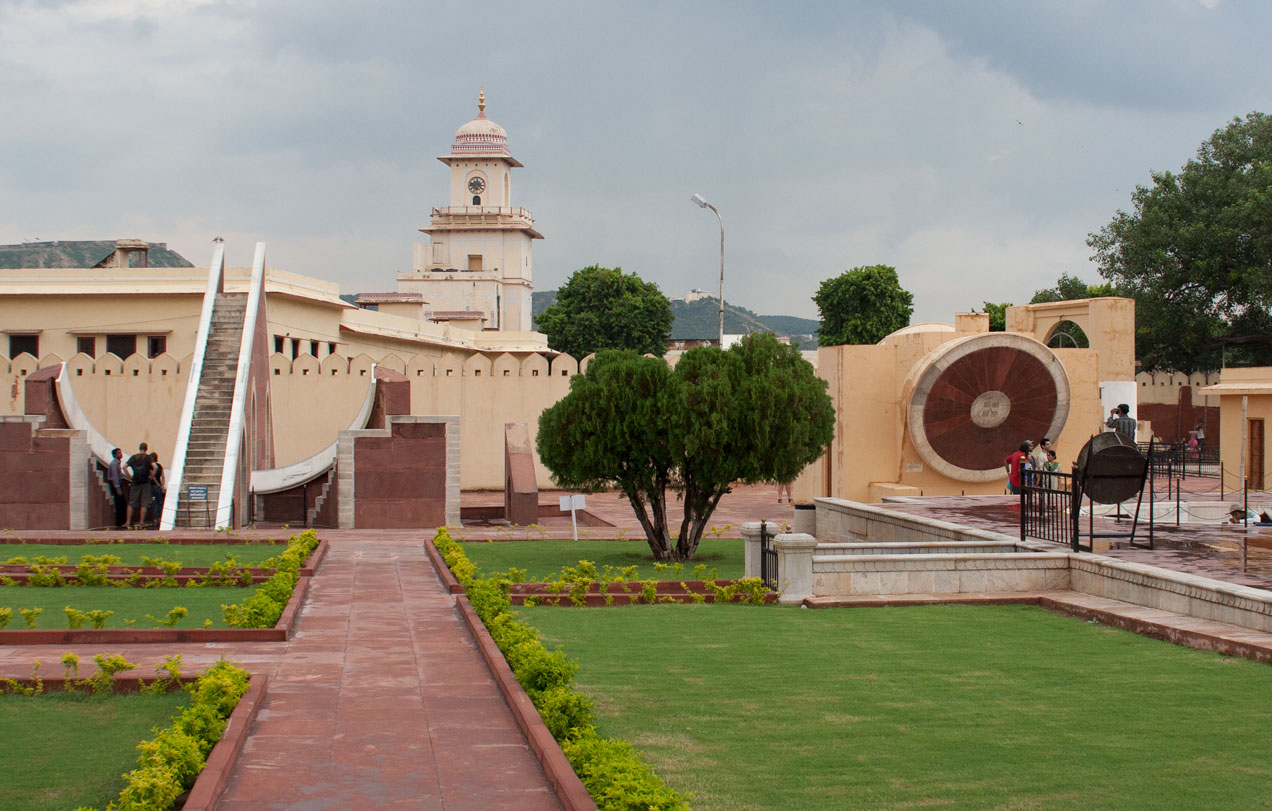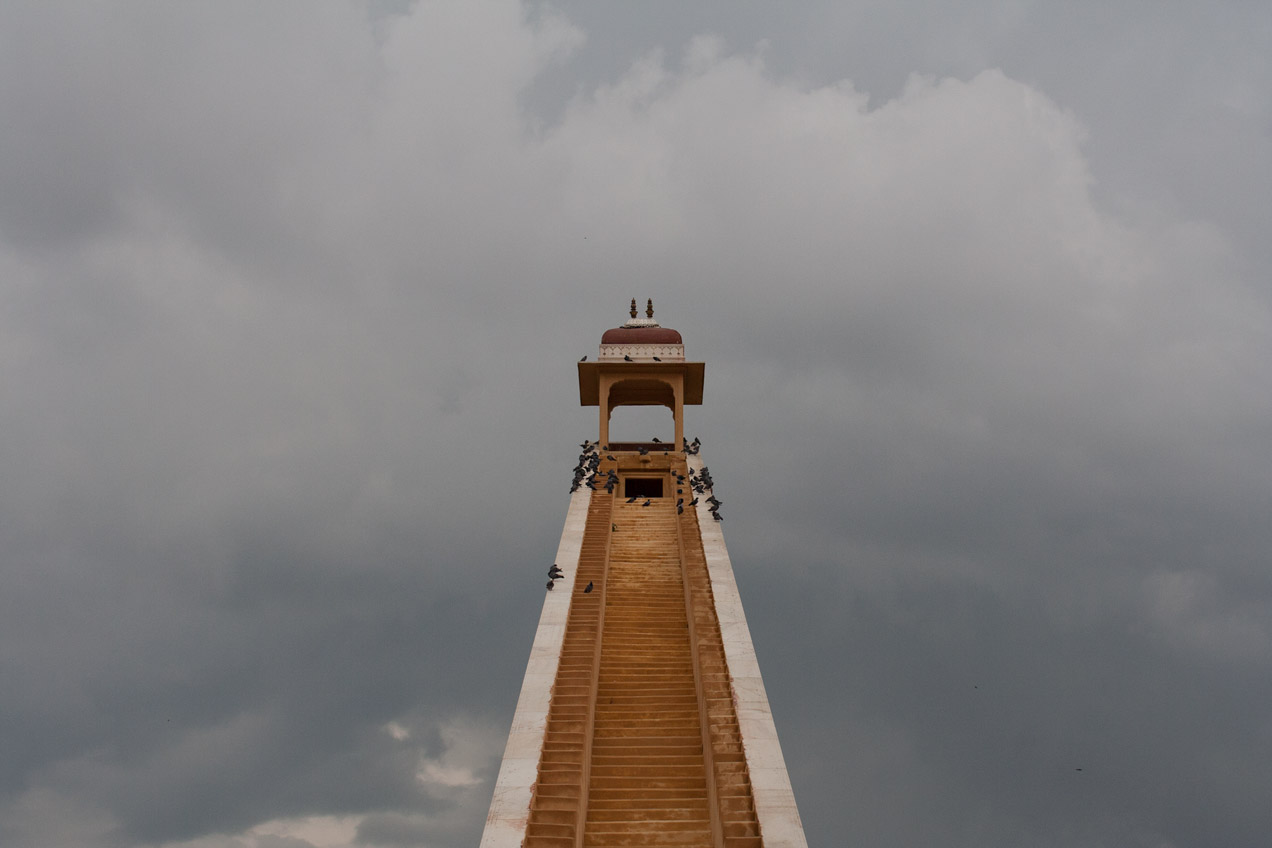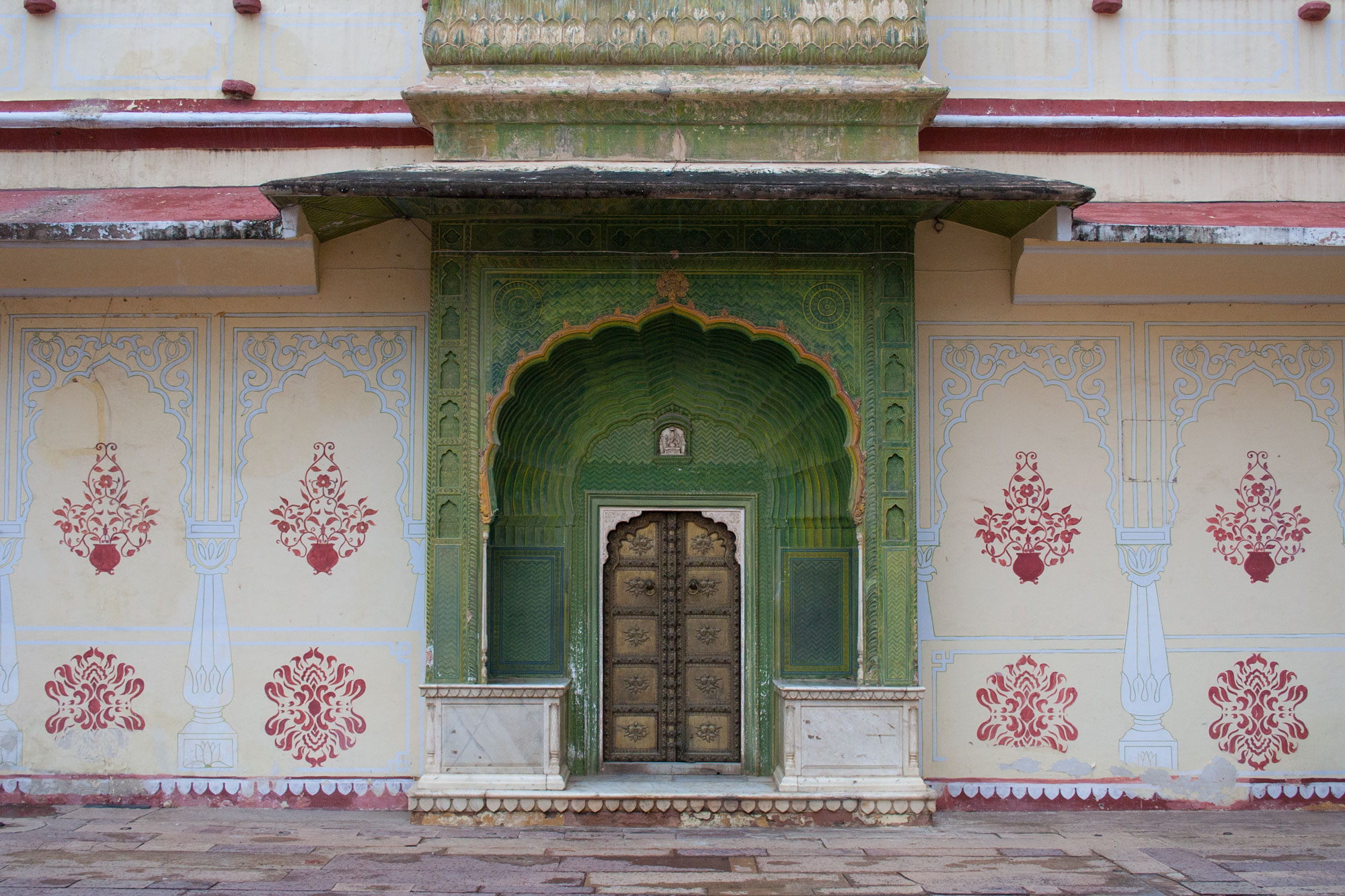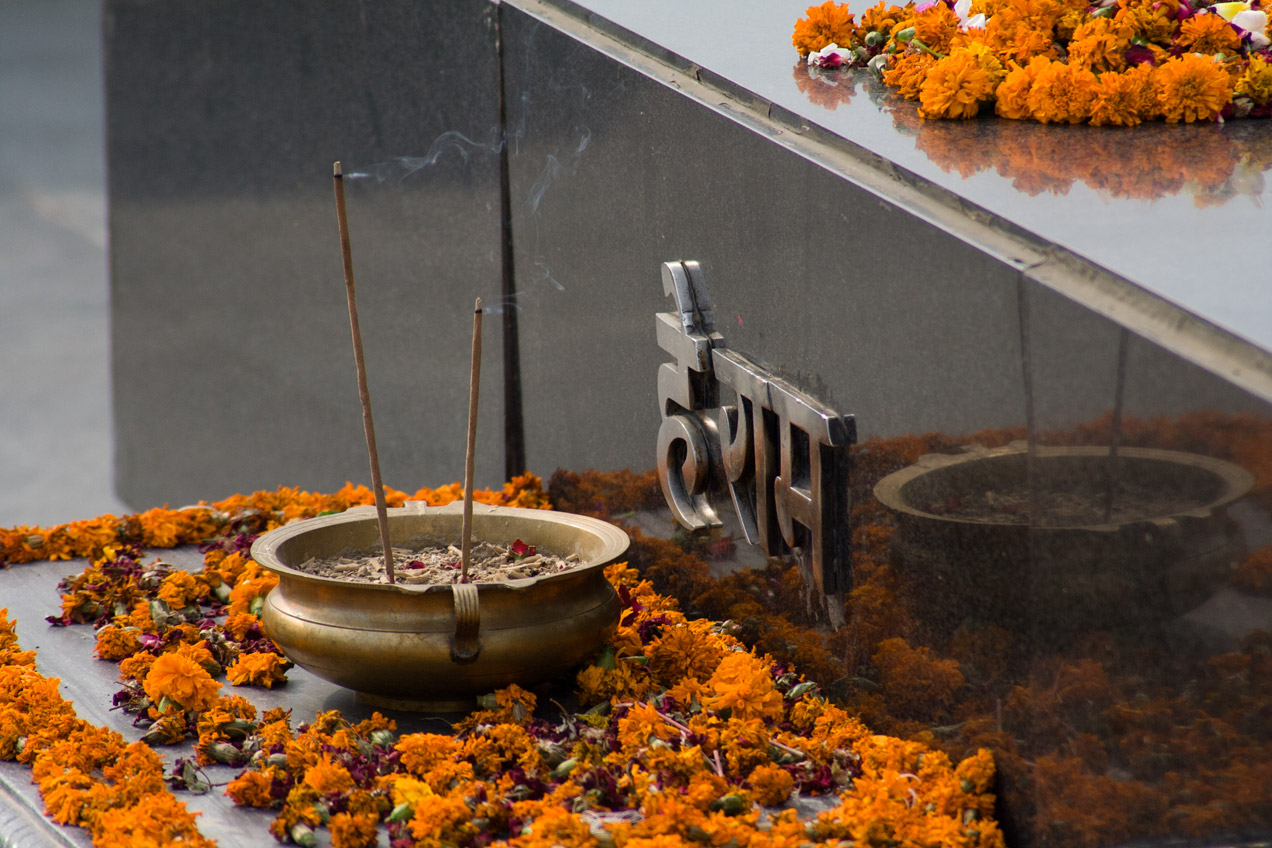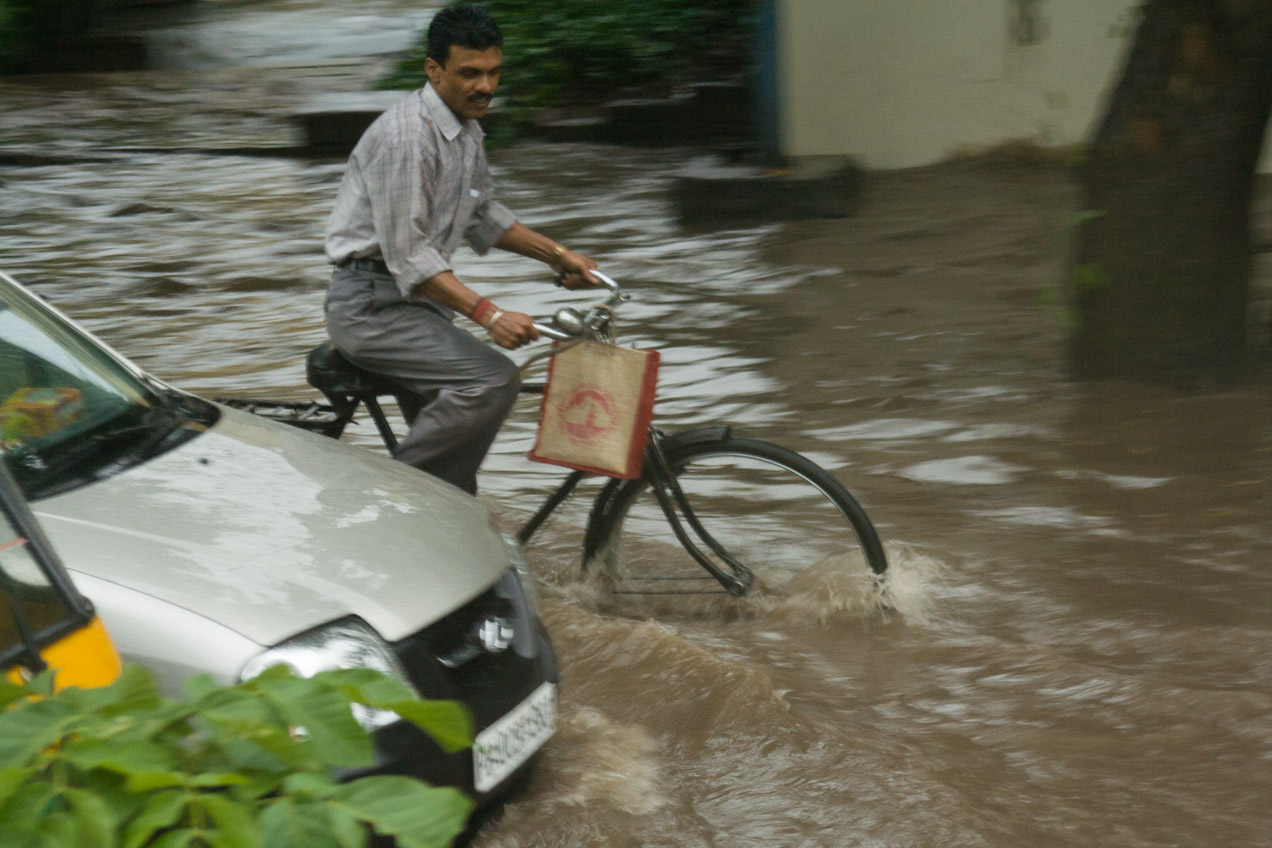

Six days traveling the Golden Triangle of India - this isn't nearly enough time or geography to understand India. Traveling along the triangle you go between Delhi, Agra (to see the Taj Mahal), and Jaipur. Six days is a basic crash-course to India and, being in a tour bus, adds a strange bias to the experience.
The Golden Triangle of India.
Perhaps the biggest mental hurdle for me was trying to reconcile the dichotomy of rich & poor. It was hard for me to understand how so much poverty can sit right next to fabulous wealth. Walk a few feet from a high-end hotel and there could be a pile of garbage or a man lying naked on the sidewalk (both of which I saw). In the west I'm used to more gradual transitions, gradations if you will, from poverty to wealth. My brief time in India left me waiting to see such a transitional area but I never did. Areas would go from 0-100 in mere feet. Perhaps it exists. India is a big country and I only experienced a very small part of it, but I'm not sure.


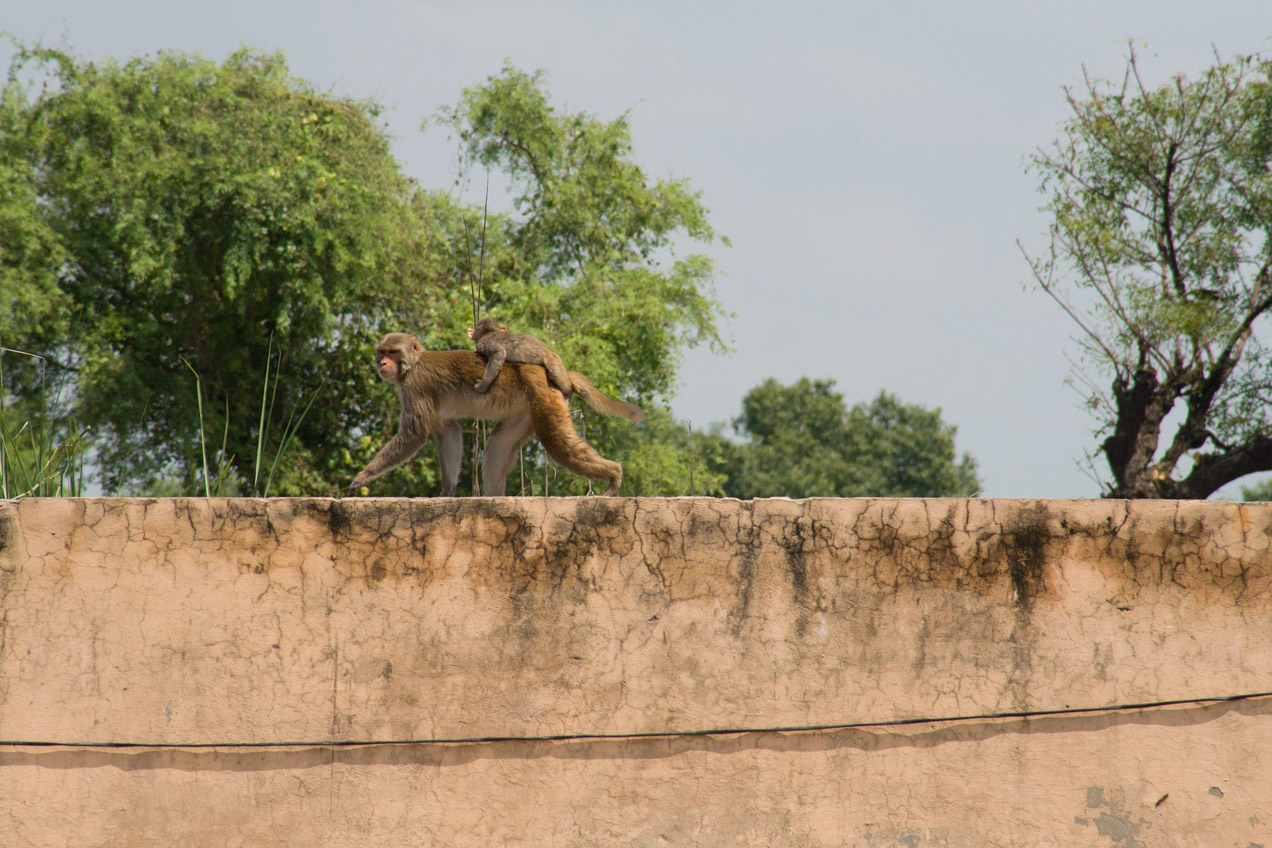
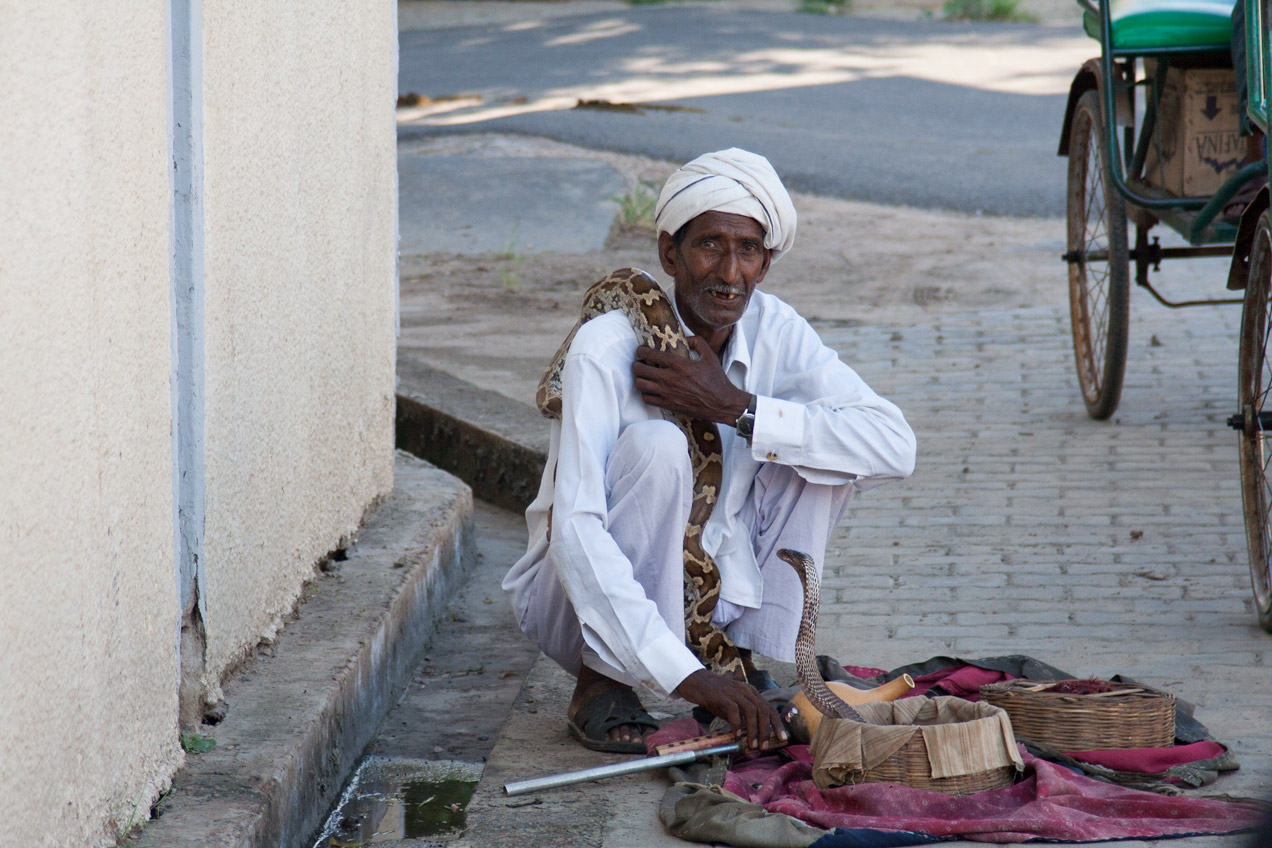

I always enjoy people taking pictures of people taking pictures.
Our guide thought a fun way to experience Agra would be to ride in a small horse-drawn cart on our way to the Taj Mahal. Whatever romanticized images this might conjur up, my experience wasn't it. The child driver who commanded our cart had a variety of visible scars over his face and arms. He made small talk with us which was pleasant enough but then we arrived at the entrance. Dr. Jekyll became Mr Hyde - the fun inquitive kid from the cart was transformed into the kid who refused to leave our side until he got more money. As we waited inline for access to the Taj Mahal he doggedly stayed by our side asking for more money and, even after getting more money, continued to push for more. He only left us when he couldn't get access into the site.
Dan Gilbert gave a great talk at TED a few years back about the science of happiness. One of the points he made was how our brains are so poor at realistically visuallizing the future. We typically see the general gist of big ideas but forget to account for mundane details that will also be a part of that future. We might see ourselves as wealthier and in better shape, but usually fail to also remember that we will still sit in traffic, still be paying bills, still run out of toothpaste.
As I walked through the inner walls of the complex to finally see this wonder of the world, the happiness of seeing the Taj Mahal was offset by the lingering frustration of the previous 15 minutes. This wasn't how I had visualized this experience.
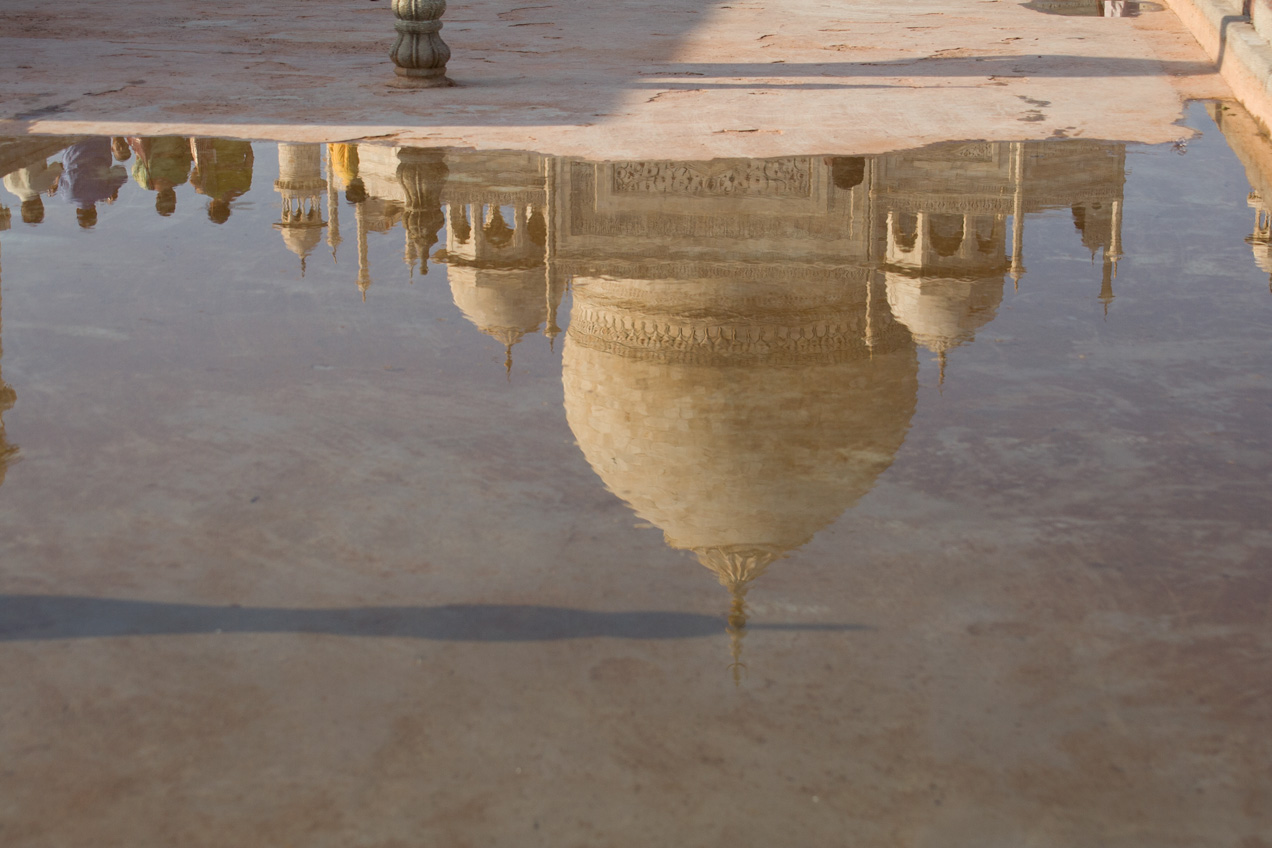
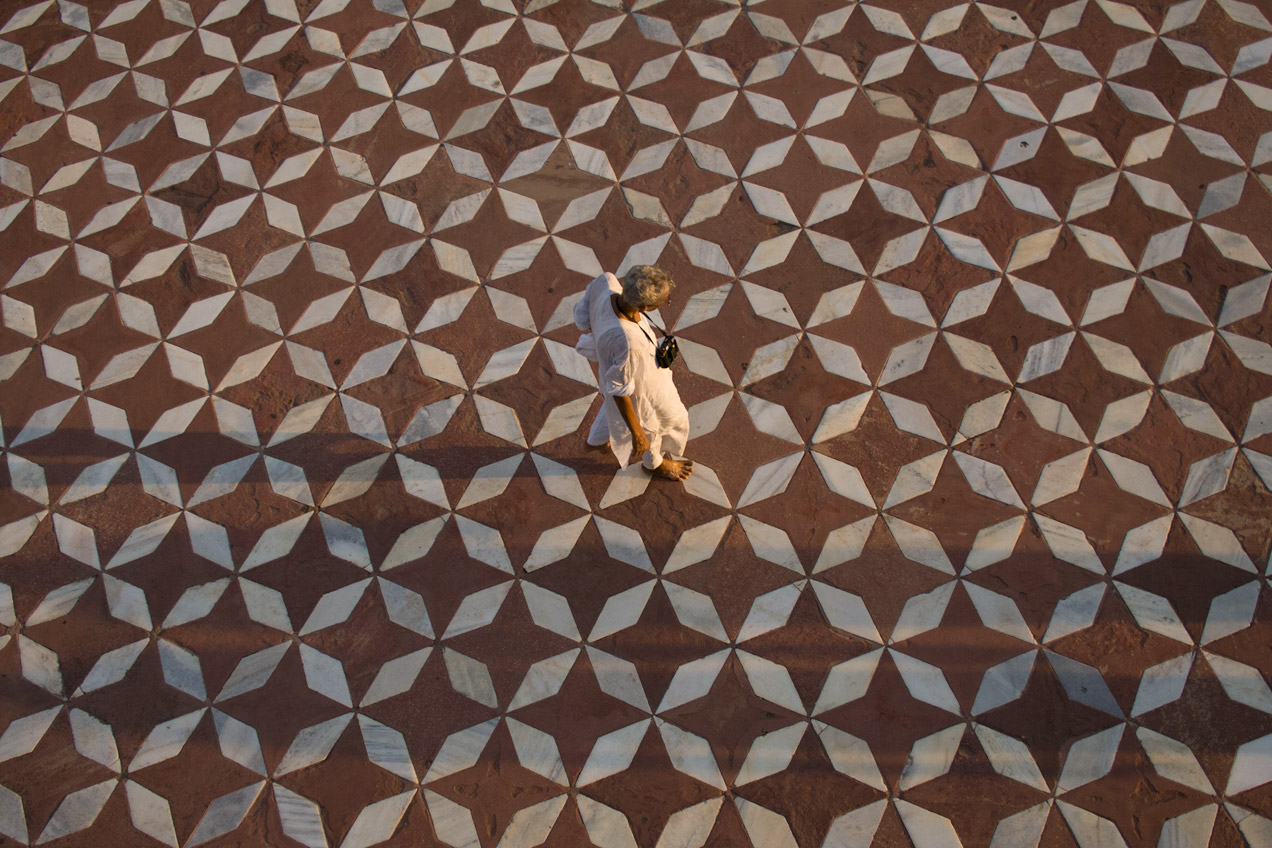


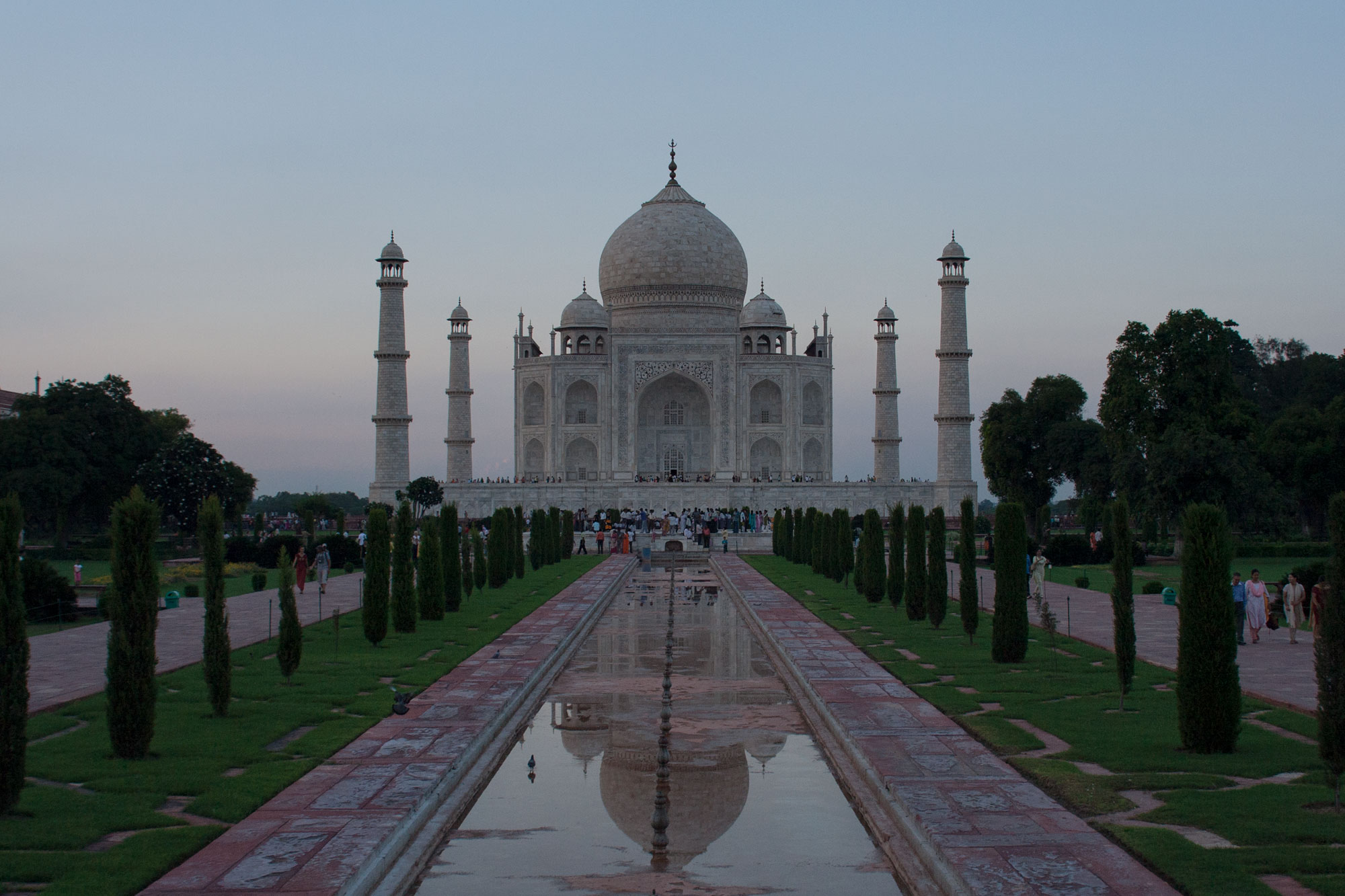

Riding a tour bus in a poor country is an experience. When the bus would slowly saddle up to a tourist attraction it was like setting off the bat signal. People would descend on the bus from seemingly out of thin air to try and sell their wares. You couldn't walk a few feet off the bus before being offered a hat, a shirt, a small sculpture, a trinket. My sympathetic understanding that these were people just working to make a living was set against the frustration of being set upon by hucksters.
Phony holy men posing for photos for money, children selling things in a Oliver Twist style arrangement for some unseen boss, street side cripples (both real and imposters) begging for money - all were regular fixtures by the entrances & exits of tourist attractions.
At some sights I saw tourist couples with a private guide. It appeared they had hired an individual to be both driver & guide for their trip and in so doing seemed to have avoided the attention of the street people. I think that is the way to go.

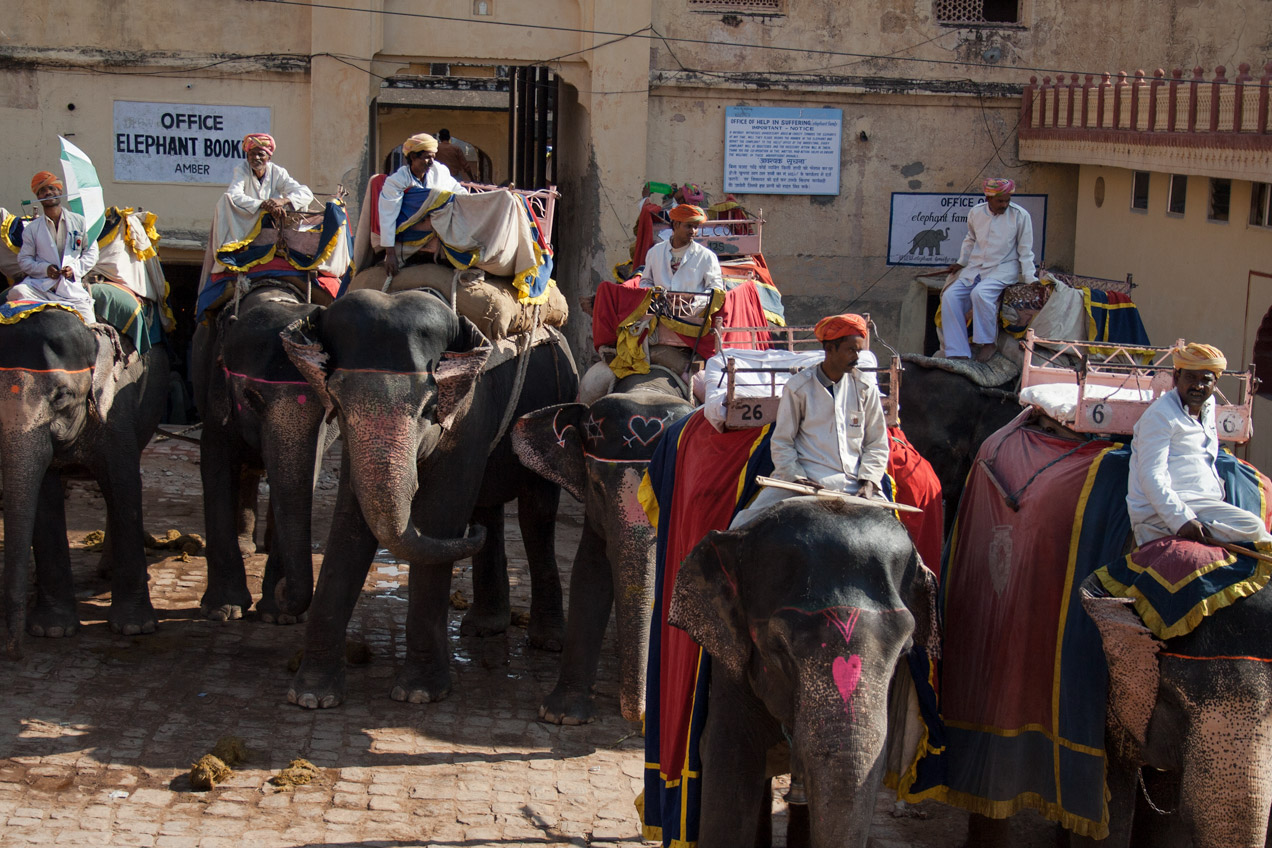


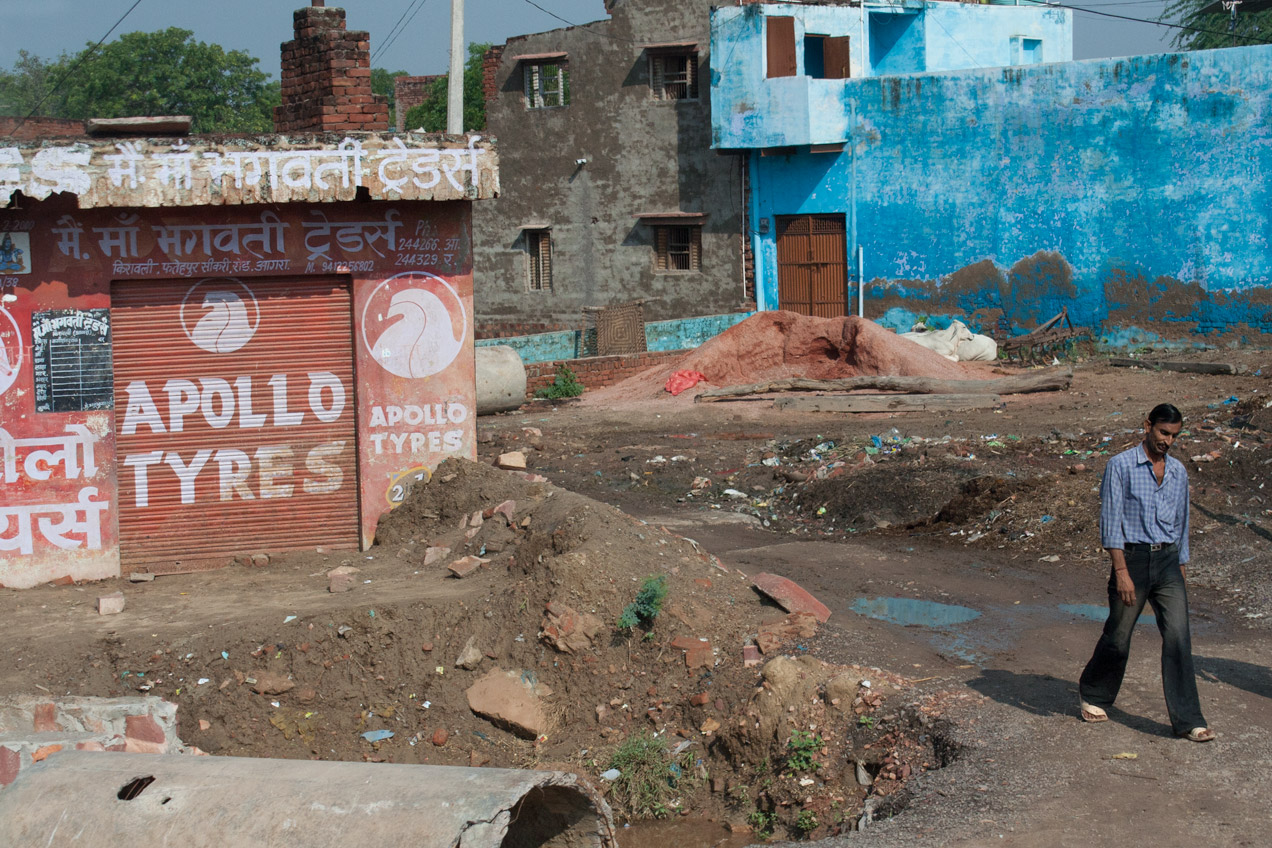
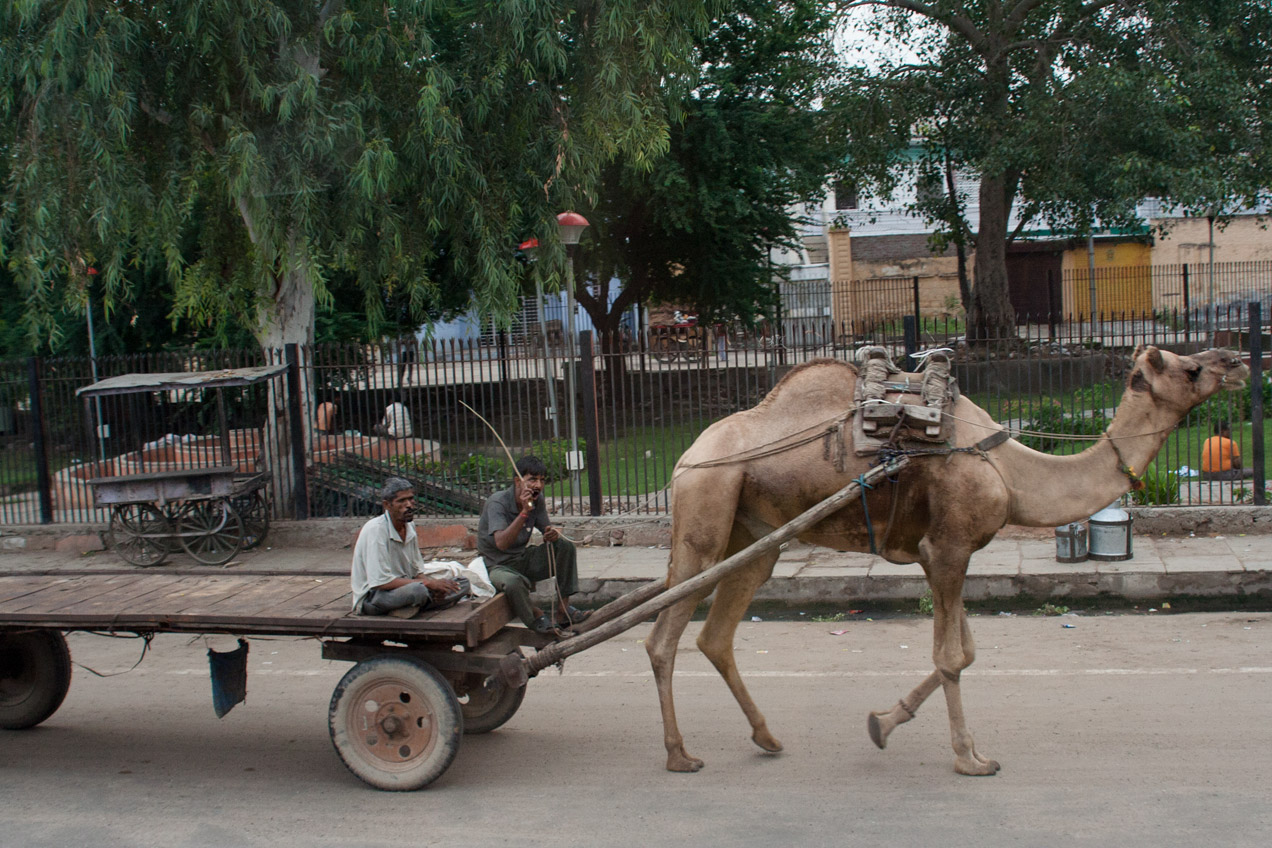
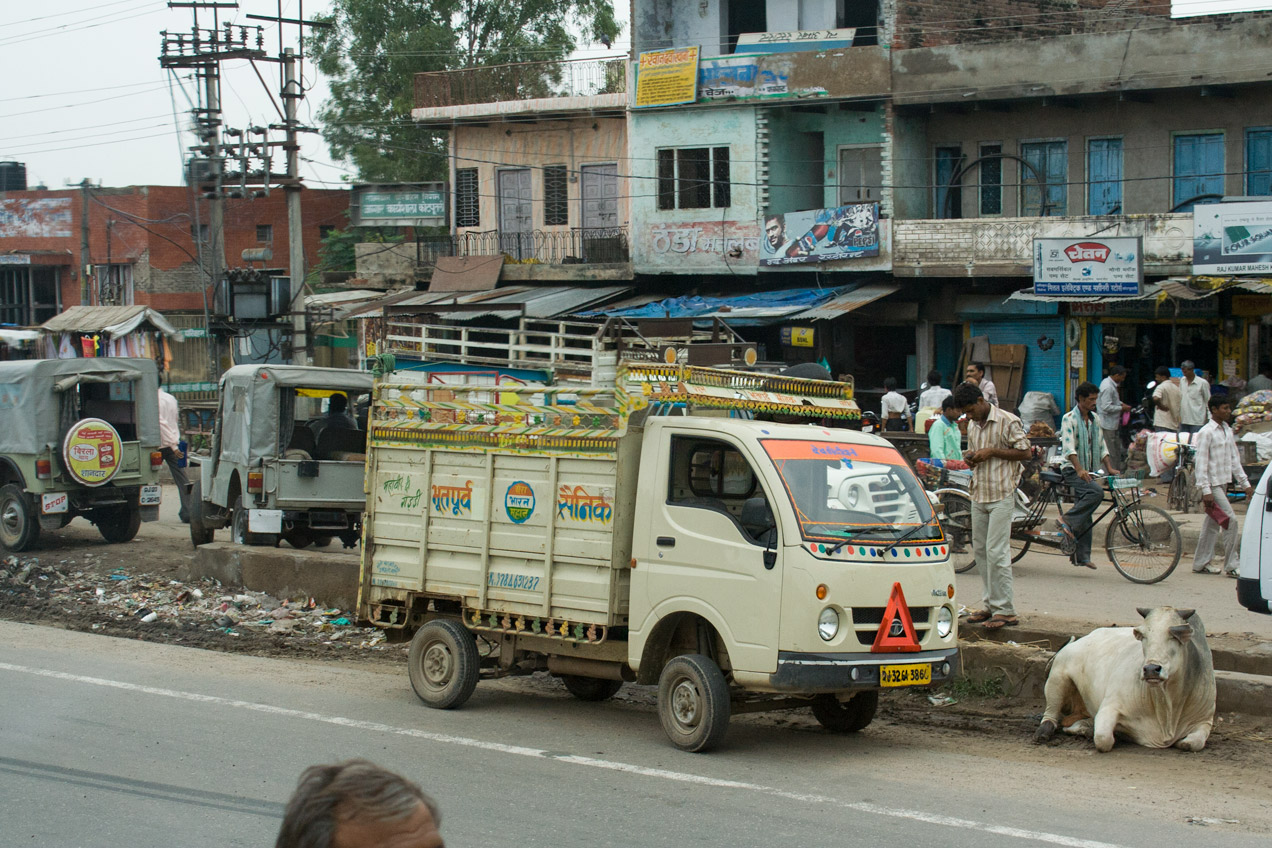
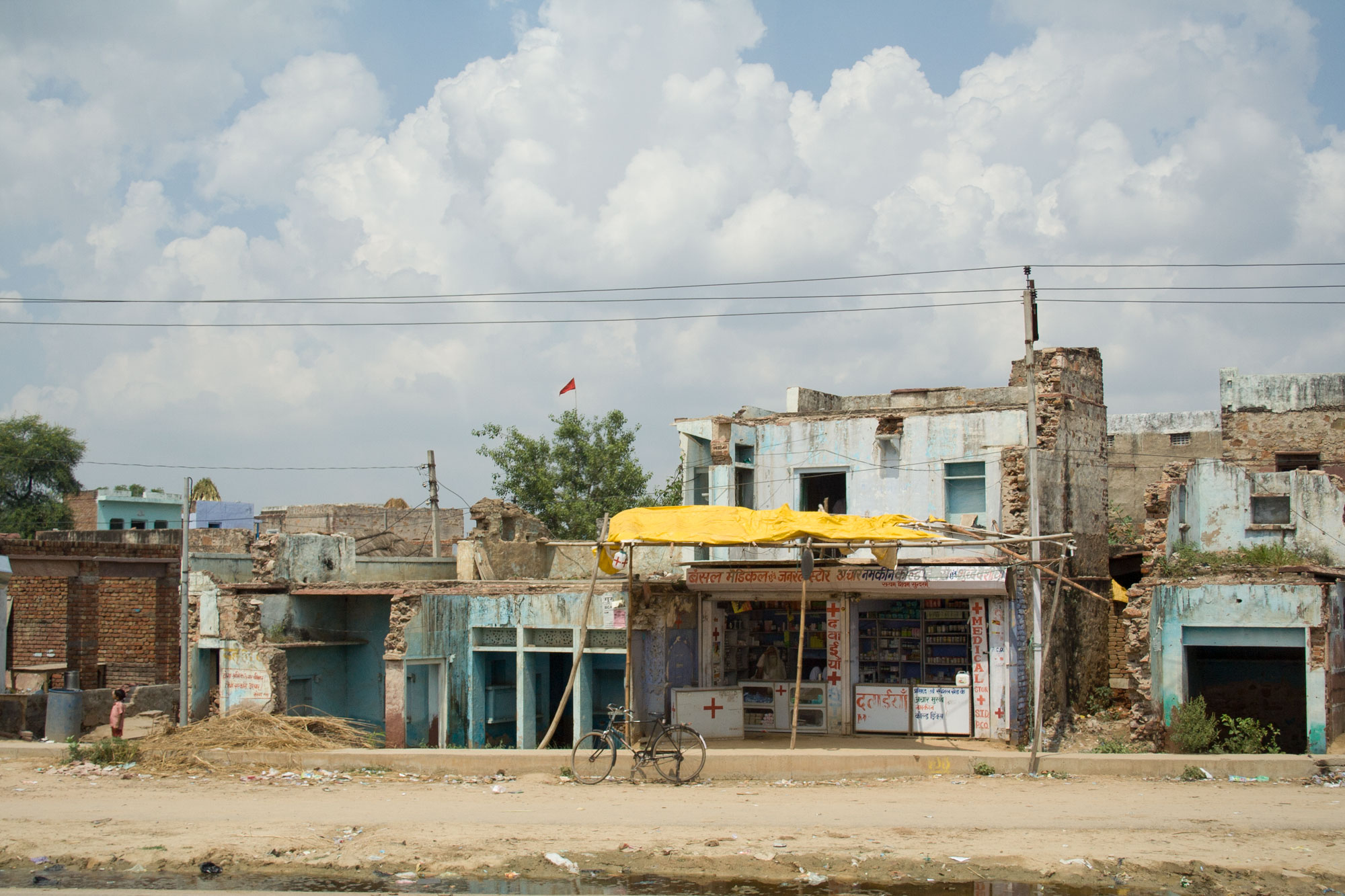
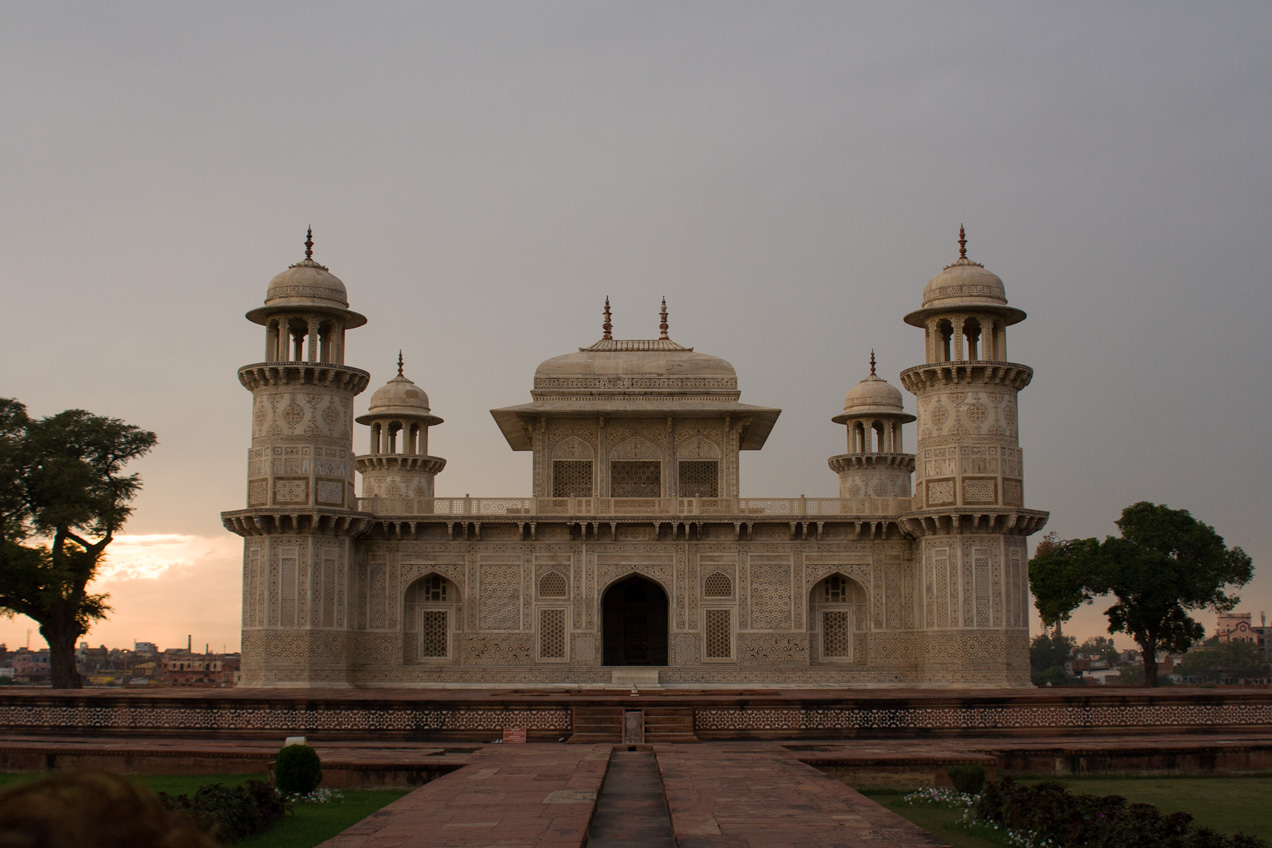
Tomb of I'timād-ud-Daulah aka "Baby Taj"
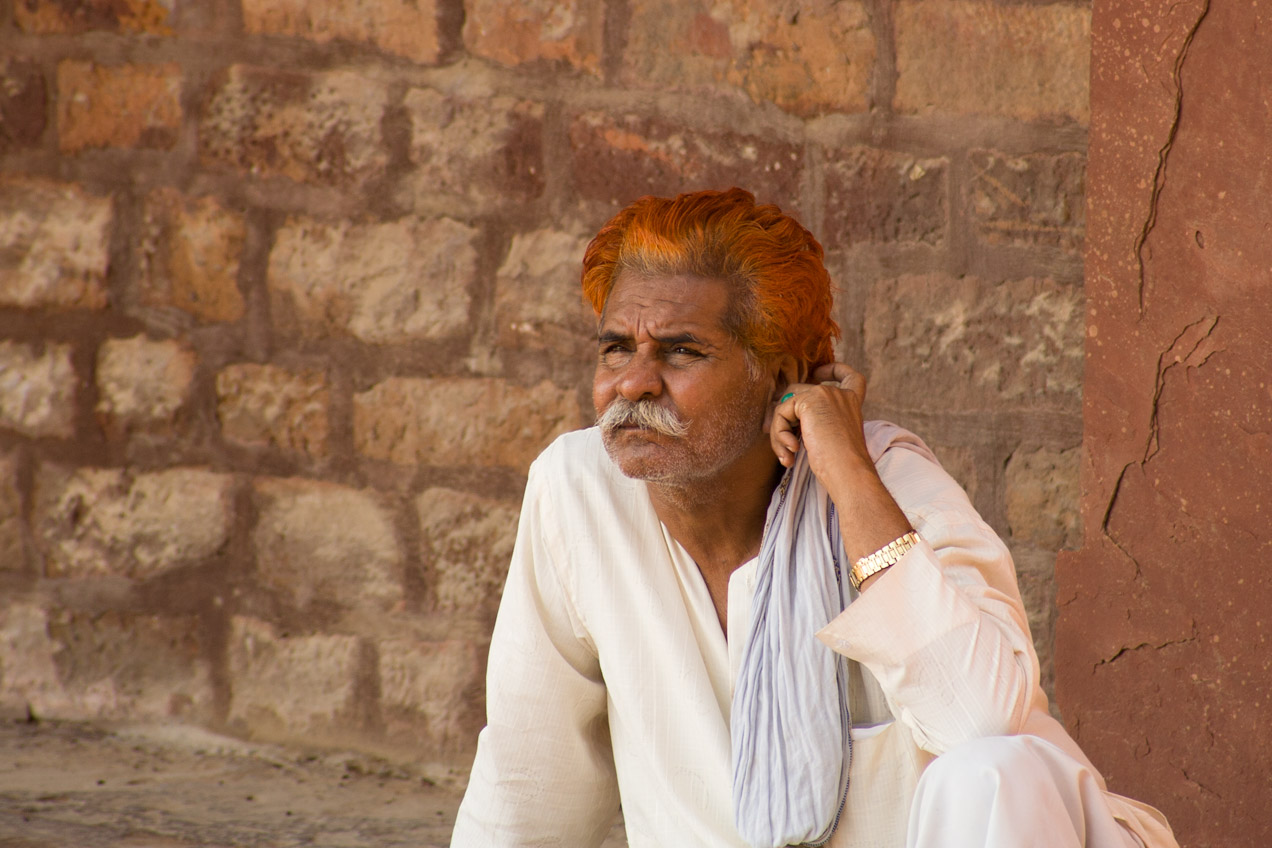


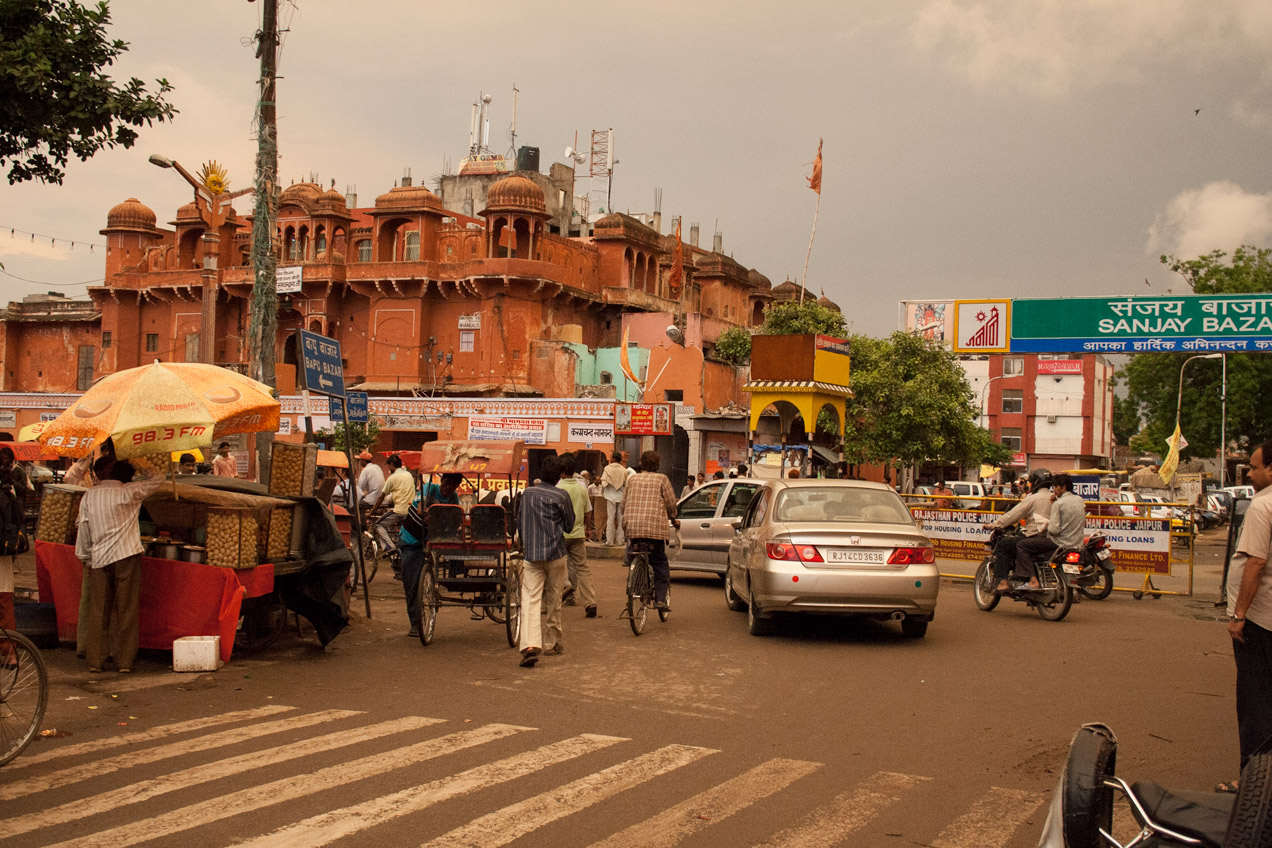

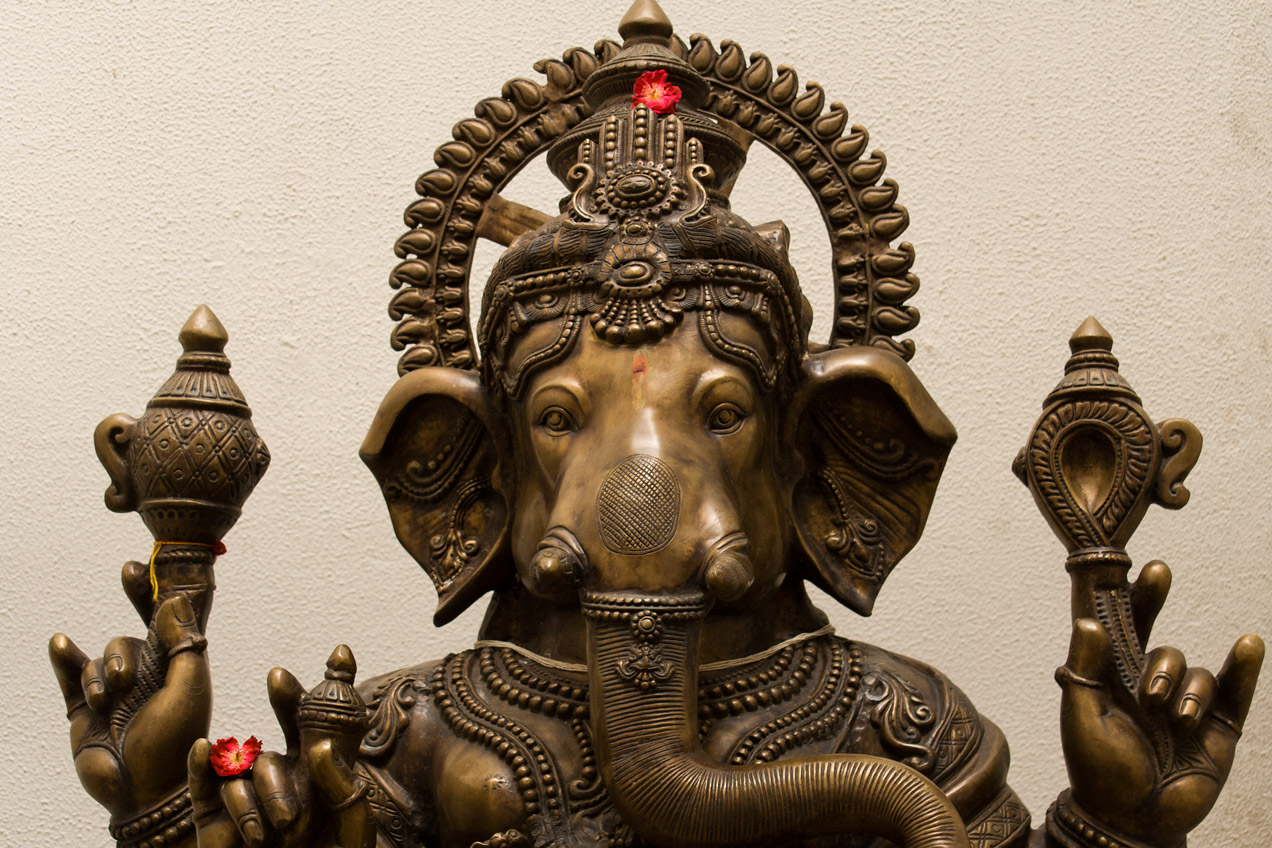

Located in Jaipur, Jantar Mantar is a collection of large-scale astronomical devices that measure time - sundials on steroids essentially. Built in the late 18th century it uses ancient Hindu teachings of celestial bodies to measure time. It's a fascinating place that reminded me of other sites cleverly aligned to celestial events such as New Grange in Ireland and Chichen Itza in Mexico.
The Samrat Yantra (the "Supreme Instrument") is the largest sundial in Jantar Mantar, and indeed the world, standing at 27 metres tall. Its shadow moves at 1 mm per second.

